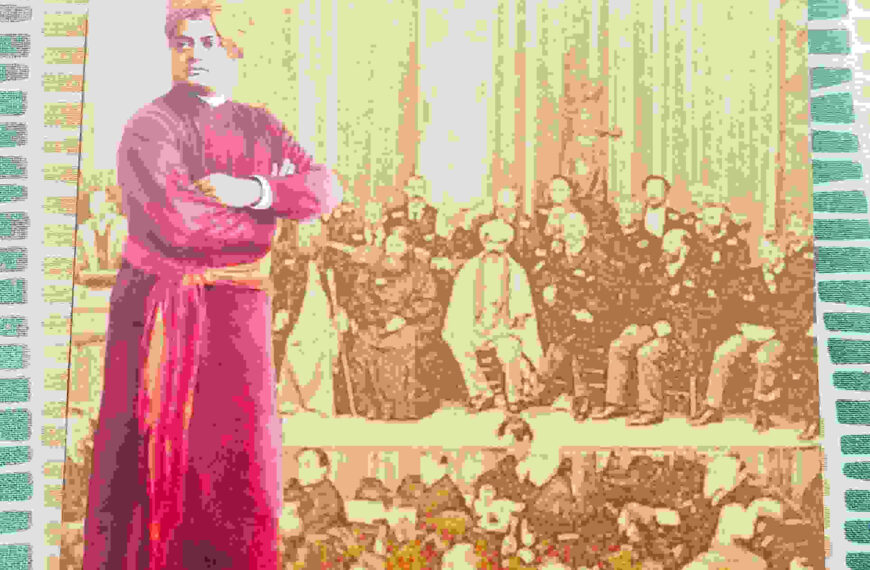Nilanjana retells the story of Krishna and the vision of Vaikuntha that the cowherds of Vrindavan saw, much to their bewilderment. Read more in the weekly column, exclusively for Different Truths.
“Did they get to see Vaikuntha?” Parikshit was curious!
Sukha said, “Does God ever say no to us? In this case, of course, the wish was granted immediately. The simple cowherds had performed one tapas (penance) very sincerely and that was unconditional love for Krishna. That one tapas was good enough for this experience. This bhakti(devotion) made them ready for this experience.
“Krishna gradually revealed the true Brahman1 (the all-pervading soul and spirit of the universe) to them. The true Brahman is away from the play of Prakriti2. The true Brahman is only available to those who have been able to shred the play of Maya (illusion) and who are beyond the six evils3. This knowledge  is self-illuminating (it needs no light of the knowledge or the intellect), is the truth (is never born and can never die) and is Ananta (it is never ending with no beginning and no end). The simple gopalas (cowherds) completely lost their entity in the magnitude of the cosmic soul.
is self-illuminating (it needs no light of the knowledge or the intellect), is the truth (is never born and can never die) and is Ananta (it is never ending with no beginning and no end). The simple gopalas (cowherds) completely lost their entity in the magnitude of the cosmic soul.
“Krishna knew that they could not bear it for a long time and made them see Vaikuntha (the abode of Vishnu, also the abode of plenitude). They saw Krishna as Lord Narayana and when they looked away, they saw Krishna stand by their side. He was a simple cowherd just like them. There was hardly any difference between them and him.
“The cowherds were a bit confused. Who were they seeing in Vaikuntha? And who was standing next to them? They shook themselves. They all looked lost wondering, “Was it a vision? Was it real?”
Parikshit had a mesmerised look in his eyes as Sukha completed narrating this story to move on to the next one.
[To be continued]
Glossary
1) Brahman – The cosmic spirit. Can only be experienced through meditation. It is usually not an object of religious worship.
2) Prakriti – In Sankhya philosophy, Prakriti is Nature as distinguished from Purusha (the cosmic spirit) – the original source of the material world consisting of the three Gunas (Sattva, Rajas, Tamas). Gunas – literally means qualities or attributes. There are three kinds of Gunas:
- i)Sattvagunaor sattva – This is the highest of the 3 Gunas. It indicates goodness and purity;
- ii)Rajogunaor rajas – This is the second, indicating activity (when on a positive swing) and restlessness (when negative);
iii) Tamoguna or tamas – This is the lowest one indicating rest (when positive) and lethargy (when negative).
All the three take turns to dominate the human mind.
3) The six evils:
Kama (lust), Krodha(anger), Lobha (greed), Moha (delusion), Mada (arrogance), and Matsarya (envy)
Footnote: Srimad Bhagavatam is often called the Bhagavad Purana. Authored by Ved Vyasa, the stories are about the various avatars(incarnations) of Lord Vishnu, also known as Narayana. These stories are narrated by Ved Vyasa’s son Sukhadeva to King Parikshit.
©Nilanjana Dey
Photos from the Internet
#Kingparikshit #BhagavadPurana #LordKrishna #StoriesOfKrishna #Vaikuntha #Bhakti #Brahman #DifferentTruths






 By
By

 By
By
 By
By